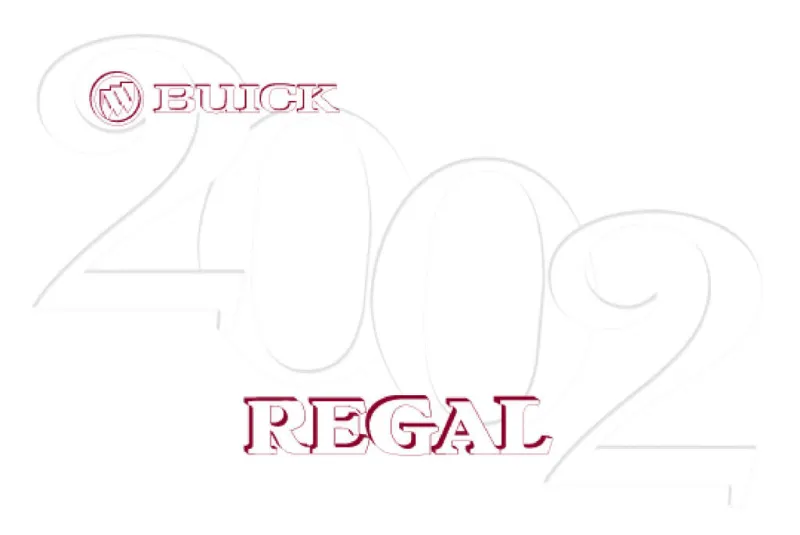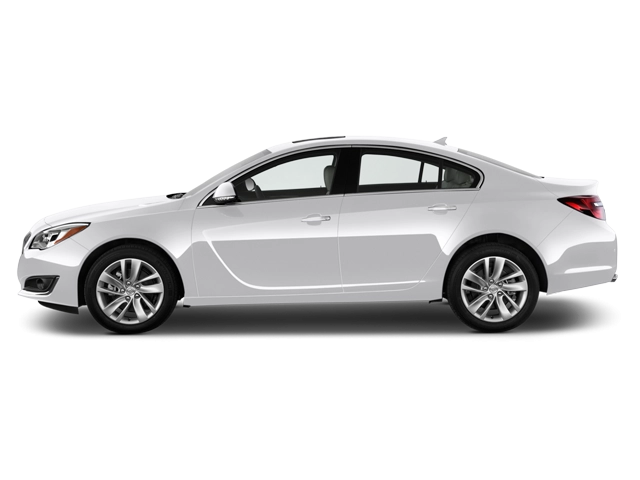2002 Buick Regal Owner's Manual

Table of Contents
2002 Buick Regal Overview
Introduction
The 2002 Buick Regal blends classic American elegance with modern performance, making it a standout choice for drivers seeking comfort and reliability. Known for its refined design and spacious interior, the Regal is perfect for both daily commutes and long road trips. With a strong reputation for safety and a smooth ride, this sedan embodies the spirit of Buick while catering to the needs of contemporary drivers.
Powertrains
The 2002 Buick Regal offers a choice of powertrains that cater to different driving preferences. The base model comes equipped with a 3.1-liter V6 engine, delivering 175 horsepower and providing a balance of efficiency and performance. For those craving more power, the GS trim features a supercharged 3.8-liter V6 that generates an impressive 240 horsepower. Both engines are paired with a four-speed automatic transmission, ensuring a smooth delivery of power while aiding in fuel efficiency.
Trims
Features
Equipped with a host of features, the 2002 Buick Regal places a strong emphasis on comfort and technology. Standard amenities include power windows and locks, cruise control, and a premium sound system. Higher trims boast advanced features like a sunroof, dual-zone climate control, and upgraded seating materials. Safety is paramount, with front airbags, antilock brakes, and available traction control, ensuring peace of mind on the road.
Owner's Manual
The owner’s manual for the 2002 Buick Regal serves as an essential resource, providing valuable information on vehicle maintenance, troubleshooting common issues, and understanding the myriad features offered. Owners can refer to this manual for guidance on optimal driving practices, care instructions to retain the vehicle’s performance, and warranty details, ensuring the Regal remains a reliable companion for years to come.
User manual download
The Buick Regal owner manual for the 2002 model year is to be found in PDF downloadable format on this page. The owner manual for the model year 2002 is free and in English, but the repair manuals are usually not easy to get and may cost more.
Manual Questions
Fill the form below and someone will help you!

